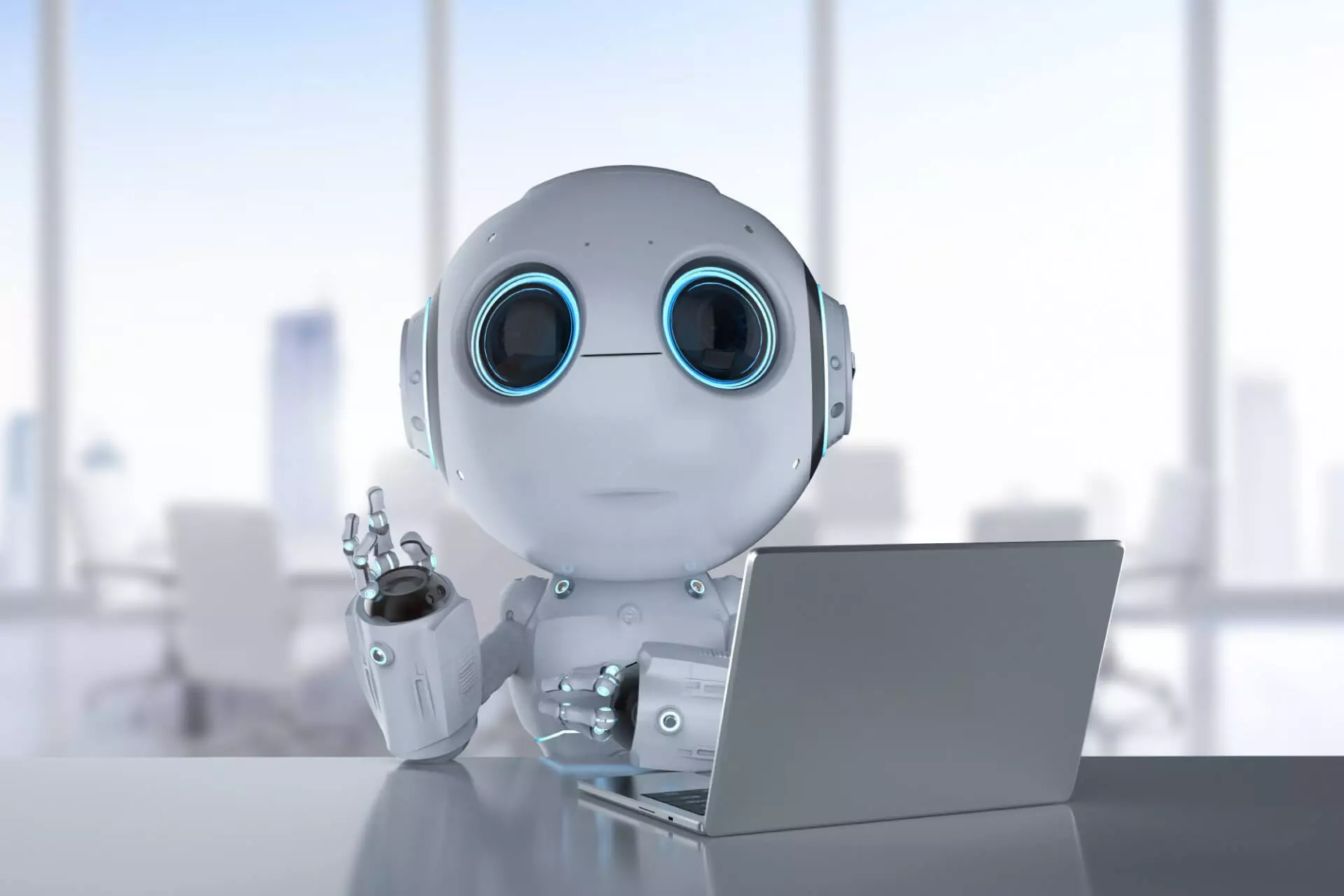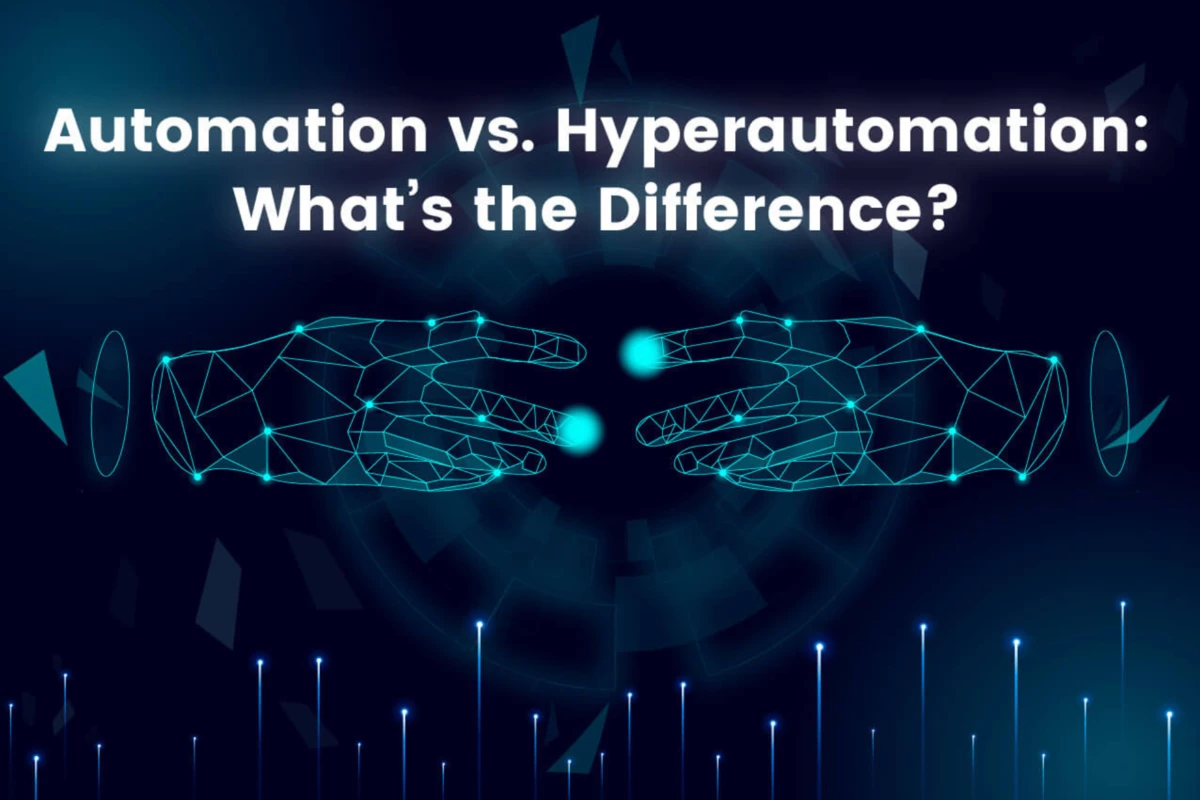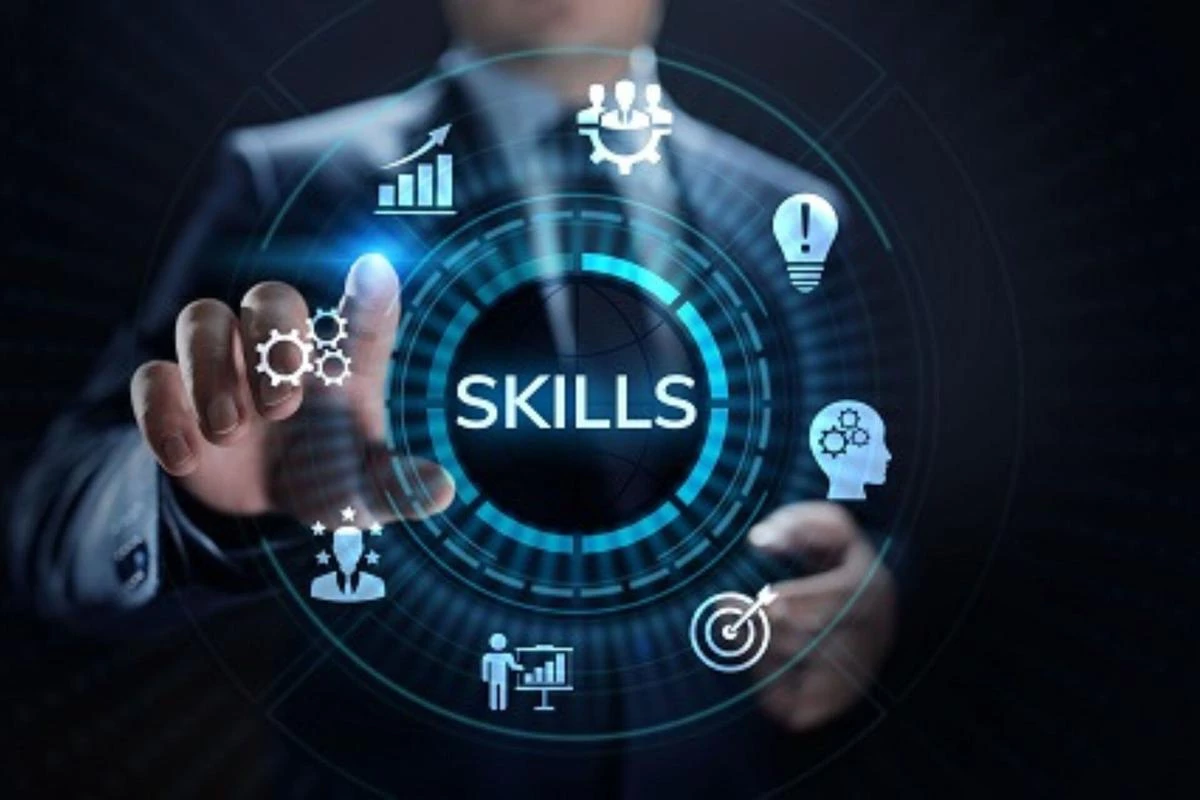Our old ways of working are not working anymore. Therefore, digital automation technologies are changing the techniques of running our businesses from total process operations to everyday tasks like invoicing and payroll, with a comprehensive program of automating workflows resulting in hyperautomation with RPA bots.
A range of advanced technologies come together to achieve hyperautomation, and Robotic Process Automation (RPA) is at the heart of this technology cluster. To understand hyperautomation, you must learn about RPA bots. So here is a quick preface to this essential technology: RPA bot.
What are RPA bots?
RPA bots are software robots. Since they are programmable algorithms, bots in RPA do not have any futuristic physical form as artificial robots performing tasks only in a digital world.
The objective of bots in RPA is to automate repetitious tasks and execute work processes typically performed by regular mortal workers. Thus, they are known as digital workers or a digital pool. These digital workers can work singly as well as under human supervision.
RPA bots can be programmed (or, with machine learning, trained) to perform nearly any ruled task. There may be unattended RPA bots or need staff on demand, i.e., attended bots. Either way, an RPA bots job frequently involves moving data from documents into a centralized structure or from one system to another. This capability makes RPA bots essential integration tools, and systems integration is the foundation of digital automation.
Without automation, businesses must reserve precious staff hours for data entry and migration. With earlier automation technologies, systems could undertake and share applicable data only with expensive original programming. Now that RPA bots are readily available, these integrations have become quick, affordable, and stronger than ever. Thanks to their unique characteristics, RPA bots automate tasks involving any software, from the origin and unshared systems to the cloud platforms.
How does bot automation work? What can they do?
There are different types of processes RPA bots can handle, from simple to relatively complex. Generally, companies apply RPA to automate direct rule training, like conducting inspections, filling in forms, invoicing, etc. Anyhow of the exact function of each bot, their workflow includes four types:
- Triggering
- Input data obtainment
- Input data transition
- Output delivery
Triggering
A trigger is an event, condition, or a set of them; simply put, it is anything that kicks off an automated task. What will launch the bot? How is it going to run?
Likewise, Scheduled, Email, File, Window, Interface, and desktop triggers are the most common trigger types.
Input data obtainment
Before acting, a bot needs to collect accurate data. It could be information from emails, spreadsheets, CRM and ERP systems, databases, etc. As a rule, the latest RPA platforms enable OCR or Optical Character Recognition.
Input data transition
This step is the real purpose of RPA bots. For example, it can be sorting emails, transcribing voice communications, creating a statement by filling in the fields with data obtained from many other operations like CRM, and more.
Order delivery
Once a bot executes its target action, stakeholders need to get communicated. The report can be in the form of
- An email
- A record in PDF, XLS, or any other format
- A generated dashboard
- An update in a database
- A notification in the messenger
And more.
Types of RPA Bots.
Accordingly, there are three types of RPA bots:
Attended Bots
Attended bots generally work alongside humans to deliver specific passages of the process when not automated from end to end. They can be allowed off as a virtual mate and live to boost productivity with front-end tasks through attended automation.
In a simple process, a group member prompts or triggers a bot to respond and automatically begins to help while the person interacts with it as it helps. These attended bots can run on workstations, private websites, or the cloud and help reduce average call handle time, enhancing the client experience and compliance.
Attended RPA is frequently known as a desktop robot because it generally sits on your computer.
Use cases for attended RPA
- Process acceleration and streamlining employees’ everyday routines.
- Repetitious tasks that need real-time human relations.
Unattended Bots
Robotic process automation (RPA) is unattended when they run without human input. The automation can perform tasks any time of the day for an unlimited quantity of time without depending on help from users. These processes run in the background as they spark and complete tasks automatically.
Unattended bots are the ones who run automation without the need for a human because they work on their own. Many corporations should not forget this end-to-end automation when you consider that those robots can execute complete processes. Unattended bots run on the website.
Use cases for unattended RPA
- Automating back-office procedures
- Identifying automatic or mundane tasks
What are the benefits of bots in RPA?
The benefits of integrating robots into human resources are a lot. They can significantly boost business operations because they are faster than the average employee, especially in repetitious, rule, and admin tasks. Plus, they don’t need a rest or lunch break, working all 24 hours a day, seven days a week.
Automation of routine processes eliminates the threat of error and significantly improves SLAs, performing happier visitors. Workers will be contented as they will spend lower of their working day on soul-crushing and repetitious tasks.
As the business grows, robotic processes scale – there is no need to retain or train people. Moreover, with bettered performance, better resource application, and lower time spent fixing errors, companies can realize a rapid return on their investment.
Integrating AI Computing With RPA: Smart Bots
A traditional RPA bot is programmed to follow specific rules, such as performing task Y if trigger X occurs. In addition, connecting an RPA bot to an AI platform helps complete much more complicated tasks. Smart Bot AI includes:
- Natural Language Processing (NLP) – With this form of AI, RPA bots and connected systems can decide possible data from natural language — human speech or writing.
- Intelligent Document Processing (IDP) – An IDP system uses technologies like Computer Vision (CV) and Optical Character Recognition (OCR) to identify and classify important information, anyhow the source document layout. Hence, this AI allows an RPA bot works with statements of all types.
- Predictive Analytics – Artificial intelligence excels at validating patterns in large datasets. That allows these systems to make unexpectedly accurate predictions on literal data — data your company has on a file. With AI-driven predictive analytics, RPA bots can generate reports that help leaders make the best opinions. Likewise, they give confidence scores that help users decide when to escalate the reporting to the staff.
- Machine learning (ML) – Machine learning involves software algorithms that get better through experience; the term is nonfictional. Especially, with the use of ML improves all types of AI and more.
Enterprises embracing RPA across systems are encountering dramatic growth in business performance and ROI. Outworks Solutions offer the only result that delivers both Attended and Unattended automation, as workers can concentrate on productivity – not process.



